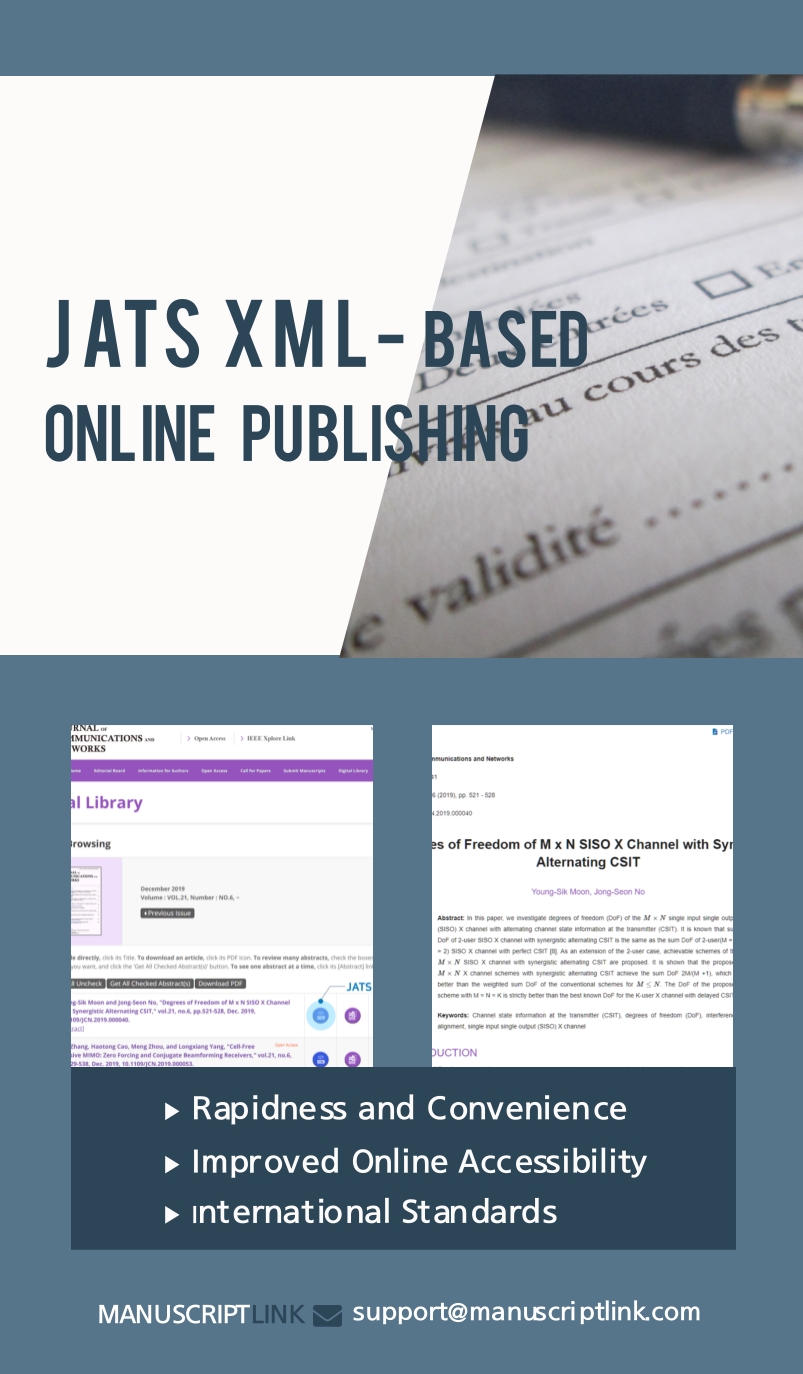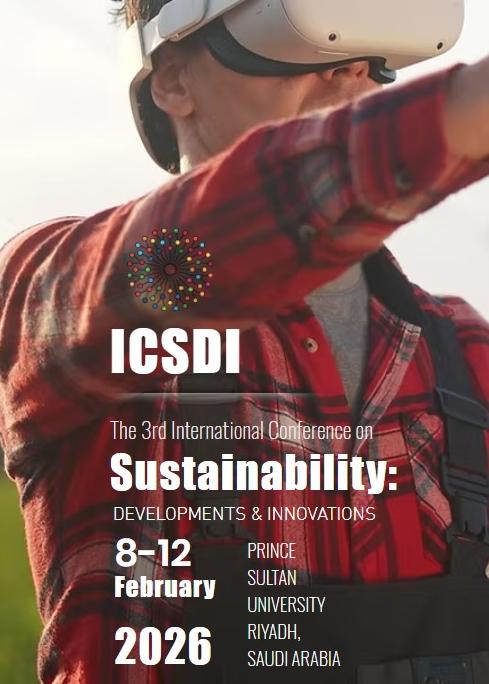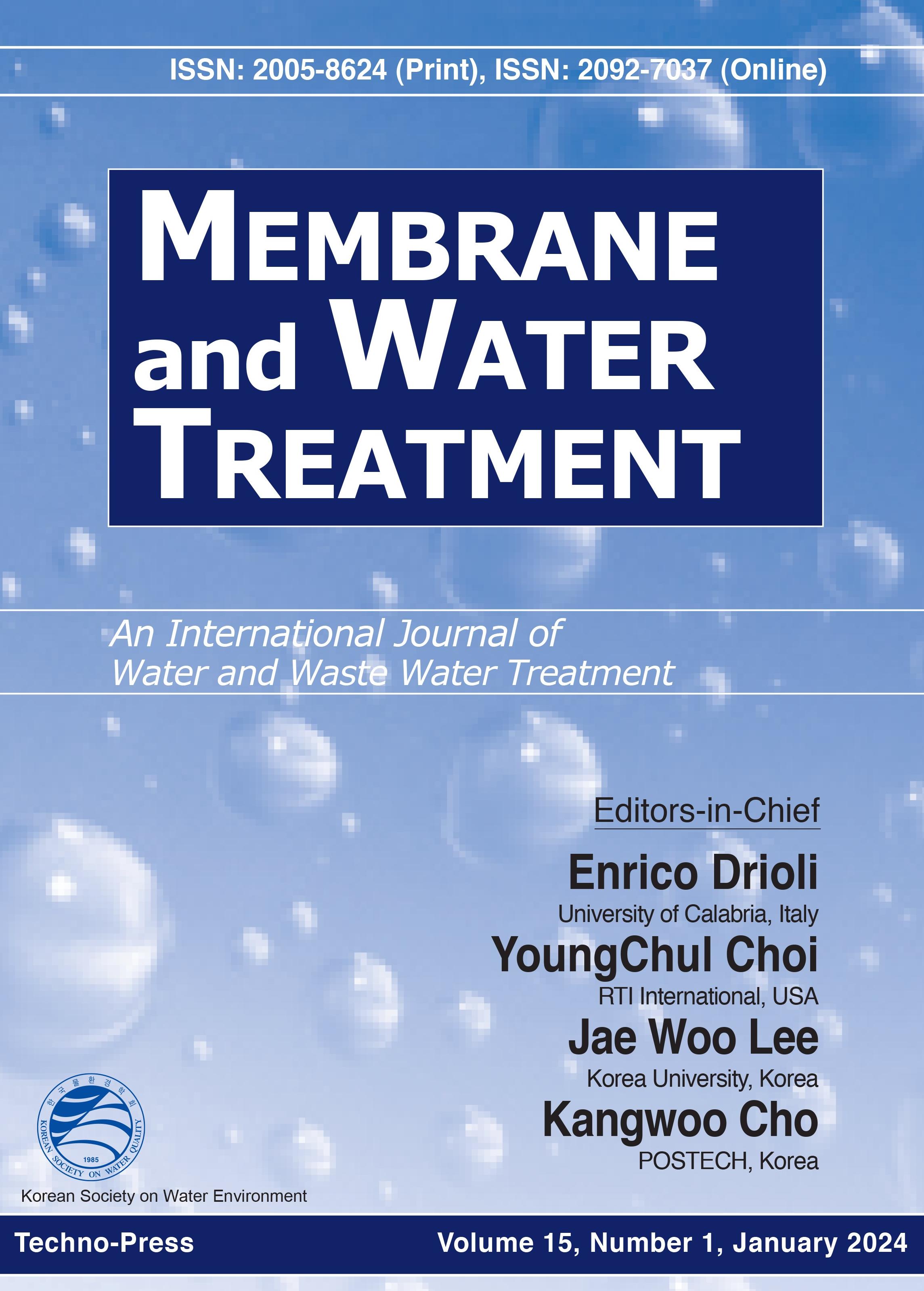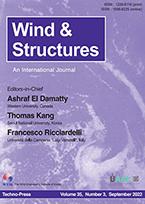46th PATTAYA International Conference on “Substantial Environmental Engineering” (PICSEE-25) Dec. 18-20, 2025 Pattaya (Thailand)
PICSEE-25
- URL: https://cbmsr.org/conference/363
- Event Date: 2025-12-18 ~ 2025-12-20
- Submission Date: 2025-12-01
- Organizer: CBMSR
- Location: Pattaya, Thailand
Environmental & Geological Engineering Water Supply & Treatment Ecology Environmental & Geological Engineering Environmental Sciences Hydrology & Water Resources Environmental & Occupational Medicine
Topics/Call for Papers
So, Topics of Interest for Submission include, but are Not Limited to:
I. Climate Change Mitigation & Adaptation Engineering
- Advanced Carbon Capture, Utilization, and Storage (CCUS):
- Novel sorbents and membranes for CO2 capture (e.g., MOFs, ionic liquids).
- Direct Air Capture (DAC) technologies and their scalability.
- Conversion of captured CO2 into valuable products (e.g., fuels, chemicals, building materials).
- Safe and permanent geological sequestration of CO2.
- Ocean-based carbon dioxide removal (CDR) strategies (e.g., ocean alkalinity enhancement, enhanced weathering).
- Next-Generation Renewable Energy Systems Integration:
- Grid integration challenges and solutions for high renewable penetration.
- Large-scale energy storage solutions (e.g., advanced batteries, green hydrogen, pumped hydro, compressed air).
- Smart grids and microgrids for resilience and efficiency.
- Sustainable sourcing and recycling of materials for renewable energy infrastructure.
- Climate-Resilient Infrastructure Design:
- Engineering structures and systems to withstand extreme weather events (floods, droughts, heatwaves, sea-level rise).
- Nature-based solutions for coastal protection, flood management, and urban heat island mitigation.
- Resilient transportation and water infrastructure.
- Early warning systems and remote sensing for disaster preparedness and adaptation.
- Decarbonization of Hard-to-Abate Sectors:
- Green hydrogen production, storage, and utilization in industrial processes (e.g., steel, cement, ammonia).
- Sustainable aviation and shipping fuels and propulsion systems.
- Electrification of industrial processes and heavy transport.
- Climate Geoengineering (Ethical and Technical Aspects):
- Solar Radiation Management (SRM) technologies (e.g., stratospheric aerosol injection, marine cloud brightening).
- Feasibility, risks, and governance of large-scale climate intervention.
II. Water Resource Management & Treatment Innovations
- Advanced Water & Wastewater Treatment Technologies:
- Removal of emerging contaminants (e.g., PFAS, pharmaceuticals, microplastics, endocrine-disrupting compounds).
- Novel membrane technologies (e.g., forward osmosis, graphene-based membranes, ceramic membranes).
- Advanced Oxidation Processes (AOPs) for recalcitrant pollutants.
- Decentralized and modular water treatment systems for remote or underserved communities.
- Water Reuse & Resource Recovery:
- Direct and indirect potable reuse technologies and public acceptance.
- Nutrient recovery (nitrogen, phosphorus) from wastewater for agricultural use.
- Energy recovery from wastewater (e.g., anaerobic digestion, microbial fuel cells).
- Recovery of valuable materials and chemicals from industrial effluents.
- Smart Water Systems & Water Scarcity Solutions:
- AI and IoT for real-time water quality monitoring, leakage detection, and demand management.
- Desalination advancements (e.g., low-energy methods, brine management, zero liquid discharge).
- Water-energy-food nexus engineering for integrated resource management.
- Sustainable urban water cycle management (stormwater harvesting, greywater recycling).
- Ecological Engineering for Water Systems:
- Constructed wetlands and bioreactors for wastewater treatment and ecological restoration.
- Nature-based solutions for diffuse agricultural water pollution (nutrient capture, recycling).
III. Waste Management & Circular Economy Engineering
- Advanced Waste Valorization & Resource Recovery:
- Waste-to-energy technologies (pyrolysis, gasification, advanced incineration).
- Chemical recycling of plastics and complex waste streams.
- Recovery of critical raw materials (e.g., rare earth elements from e-waste).
- Biorefineries for converting organic waste into biofuels and biochemicals.
- Sustainable management and valorization of industrial and agricultural byproducts.
- Circular Economy Implementation in Engineering:
- Design for deconstruction, recyclability, and longevity in products and infrastructure.
- Material flow analysis and industrial symbiosis for closed-loop systems.
- Lifecycle assessment (LCA) and environmental footprinting for product optimization.
- Policy and business model innovations to support a circular economy.
- Smart Waste Management Systems:
- AI and IoT for optimized waste collection, sorting, and processing.
- Robotics for waste sorting and recycling.
- Predictive modeling for waste generation and management.
- Hazardous Waste & Contaminated Site Remediation:
- Innovative methods for remediation of complex contaminants (e.g., heavy metals, persistent organic pollutants, microplastics in soil).
- In-situ and ex-situ remediation techniques (e.g., bioremediation, phytoremediation, electrochemical remediation).
- Risk assessment and management for contaminated sites.
IV. Air Quality Management & Pollution Control
- Novel Air Pollution Control Technologies:
- Advanced catalytic converters and filters for industrial and mobile sources.
- Nanomaterials for air purification and VOC removal.
- Low-cost and high-efficiency air quality monitoring systems (sensors, drones).
- Indoor air quality solutions and sustainable ventilation systems.
- Atmospheric Chemistry & Modeling:
- Understanding the formation and transport of secondary air pollutants.
- Source apportionment and emission inventories.
- Modeling the health and ecological impacts of air pollution.
- Mitigation of Emerging Air Pollutants:
- Addressing emissions from new industrial processes or unconventional sources.
- Odor control technologies for waste management facilities and industrial sites.
V. Cross-Cutting & Enabling Technologies
- Artificial Intelligence & Machine Learning in Environmental Engineering:
- Predictive modeling for environmental phenomena (e.g., pollution dispersion, water quality).
- Optimization of treatment processes and resource allocation.
- Automated environmental monitoring and data analysis.
- AI for materials discovery in sustainable applications.
- Internet of Things (IoT) & Sensor Networks:
- Real-time, distributed environmental sensing and monitoring.
- Data integration from various environmental sensors.
- Smart environmental infrastructure.
- Geoinformatics & Remote Sensing for Environmental Applications:
- GIS for spatial analysis of environmental data, risk mapping, and site selection.
- Satellite imagery and drone technology for large-scale environmental monitoring (deforestation, water bodies, urban sprawl).
- Biotechnology & Synthetic Biology in Environmental Engineering:
- Engineered microorganisms for bioremediation and biotransformation of pollutants.
- Bio-based materials and sustainable chemical production.
- Bio-inspired design for environmental solutions.
- Nanotechnology for Environmental Solutions:
- Nanomaterials for water purification, air filtration, and contaminant detection.
- Nanomaterial synthesis and environmental fate and transport.
- Life Cycle Assessment (LCA) & Sustainability Metrics:
- Advanced LCA methodologies and tools.
- Developing new metrics for environmental sustainability and impact assessment.
- Integration of social and economic factors into environmental assessment.
- Digital Twins for Environmental Systems:
- Creating virtual replicas of environmental systems (e.g., wastewater treatment plants, urban ecosystems) for optimization, prediction, and management.
VI. Policy, Governance & Social Dimensions
- Environmental Policy & Regulatory Frameworks:
- Effectiveness of environmental regulations and compliance strategies.
- Policy mechanisms for promoting green technologies and sustainable practices.
- International cooperation and transboundary environmental challenges.
- Environmental Economics & Finance:
- Economic incentives for green technology adoption.
- Cost-benefit analysis of environmental projects.
- Green financing and investment for sustainable infrastructure.
- Public Engagement & Environmental Justice:
- Stakeholder engagement in environmental decision-making.
- Addressing environmental inequities and promoting justice.
- Risk communication and public perception of environmental technologies.
- Ethics in Environmental Engineering:
- Ethical considerations in geoengineering, advanced biotechnologies, and AI applications.
- The responsibility of environmental engineers in addressing global challenges.














